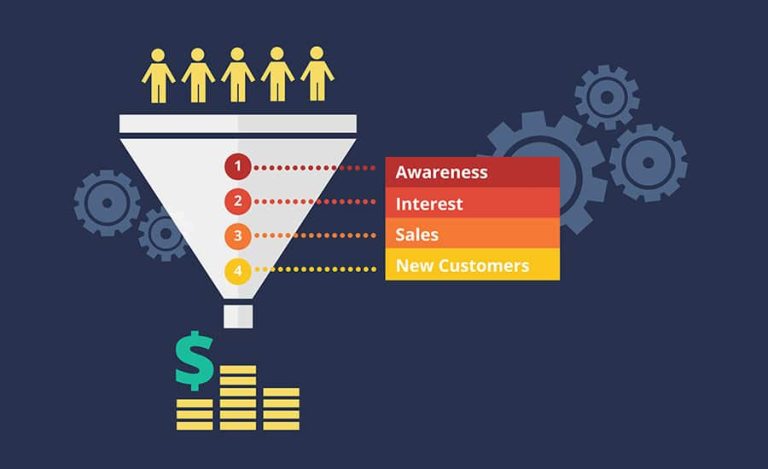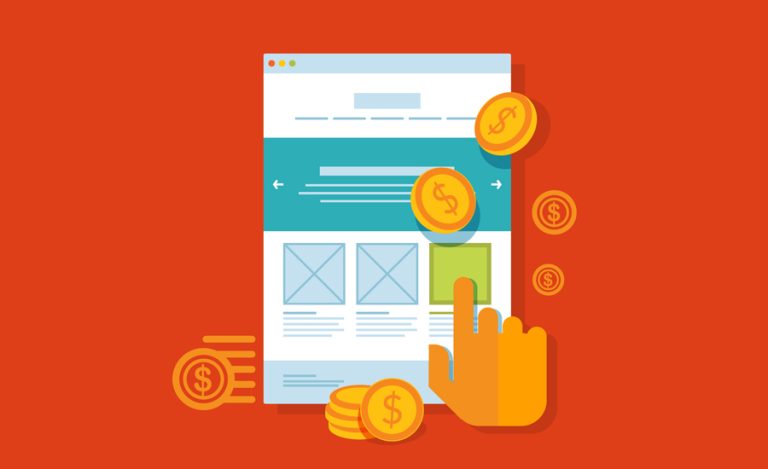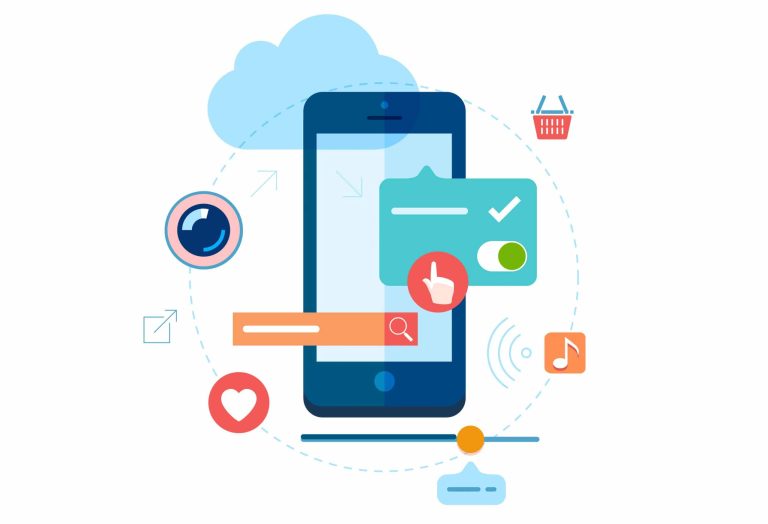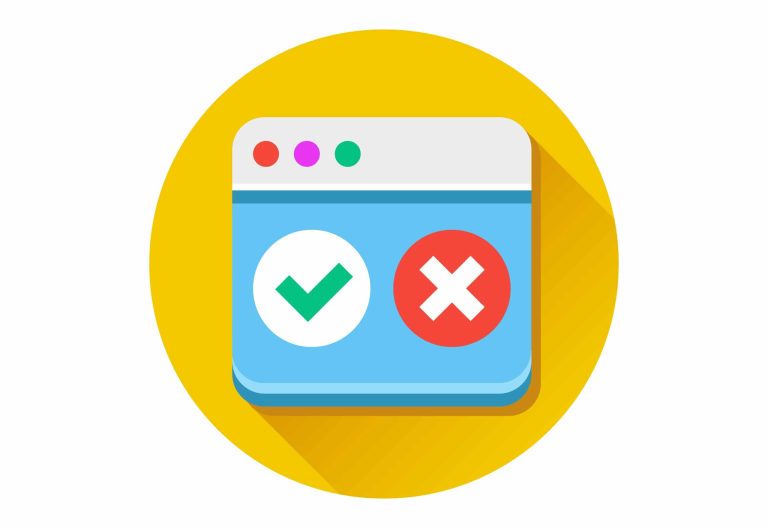How inbound marketing can save you money and yield long-term results
‘Inbound Marketing’ may sound like one of those fluffy buzz words you hear a lot of marketers talk about but never really understand, but this is the one you should drop everything for and pay attention to because it is the single most profitable line of income for any online (or offline) business.
Before we talk about inbound marketing though, let’s talk about outbound marketing. Whether you’re familiar with the term or not, you’ll have definitely engaged in some outbound marketing activities in your professional career as a business owner at some point.
Outbound marketing or ‘old marketing’ are classic methods that have been around for decades. If you’re a fan of Mad Men, then you’ll understand the concept of old school advertising – paying for an ad, shoving it in the eyes of as many people as possible and hoping for the best. You may get a handful of interested prospects pick up your ad and fly with it, but how do you even know your audience cares about what you have to say?
As time has gone on, people have gotten smarter and a little thing called the internet has changed the way we think when it comes to making a purchase.
Long gone are the days of trusting the word of a TV advertisement or the sales lingo of a printed ad in the newspaper. These days, people do their own research and according to a study a whopping 81% of shoppers do online research before making a purchase!
What does it mean for me?
Well, it means your customers know exactly what they want before they come knocking on your door. You no longer need to ‘sell’ your services in the traditional sense.
That brings us to inbound marketing. Essentially, inbound marketing is the art of being found. And not just being found, but being found by the people who already know what they want. You don’t need to shove your sales spiel down their throats because 60% of the buying decision has already been made before they even visit your website. All you need to do is be in the right place at the right time, provide all the necessary information your buyer is looking for and sit back, relax and watch the sales roll in.
The art of being found
“So where do I focus my marketing efforts then?” you ask. Well, let me tell you. As you would already know (we should hope) Google is king when it comes to online search. So being positioned correctly in google is going to be a vital strategy when it comes to getting found by the right people online.
This little chestnut is called SEO and it’s one of the trickiest strategies to master which is why you’ll see many businesses hiring an agency or in-house SEO consultant to do the job for them.
SEO requires a huge amount of expertise and as the world of search is ever-changing, it is a full time job to be sure! But it’s a lucrative channel that can pay off big time if managed correctly. Some businesses see up to 99% of their new business being generated by SEO – so it’s no secret why in 2016 more and more businesses are turning to professional SEO consultancy to get them great results.
Content that converts
But SEO isn’t just the art of being found by typing in your typical keywords related to your business. For example, if you’re a dentist you may expect to rank for keywords like ‘Dentist in Sydney’ – and this is absolutely an important part of the 2-pronged strategy that is SEO. But with so much competition with other businesses for those types of keywords, businesses are getting smarter with what search terms they do rank for. And one of the most exciting methods that more and more businesses are employing is
content marketing.
Don’t let the term confuse you – content marketing certainly does refer to the art of marketing your website’s content. But which content? Typically – a blog. Blogs are used by businesses to discuss topics that answer questions commonly asked by prospective customers in their niche. For example, someone interested in finding out the best DIY methods of teeth whitening may search something like “Top DIY teeth whitening methods” – they may come across a result in search results from a local dentist. Now, while they may not be in the market for professional teeth whitening services just yet – you know this person has an interest in what you offer. And if they click on your blog post, they’ll now become familiar with your brand.
That brings us to the next important part of an inbound marketing strategy: your sales funnel.
Using a sales funnel to multiply your conversions
A sales funnel is the gradual process of nurturing an anonymous visitor of your website into a subscriber, then into a lead, then into someone that trusts your brand, then into a lead and finally into a customer. It’s a process that can take some time but yields exceptional results.
You’ll need to determine the best sales funnel for your business type by using tools such as:
- Email opt-in
- Email automation
- CRM (customer relations management) system
- Retargeting advertisements
Using a combination (we recommend all!) of the above will set you up for long-term results. The most successful businesses in the world all have a sales funnel and chances are – so do your competitors.
So it’s time to kick yourself into gear and start building an inbound marketing strategy for 2016 that will cost you less than traditional advertising in the long term, and bring you more qualified leads from the get-go. Have a read of our post 4 steps to building a sales funnel that converts.
[Infographic]
Hubspot has created the below fantastic infographic to help explain to you exactly what an inbound marketing strategy is and involves and we’re sure it will help you get a better handle on the process.
(Click infographic to enlarge.)
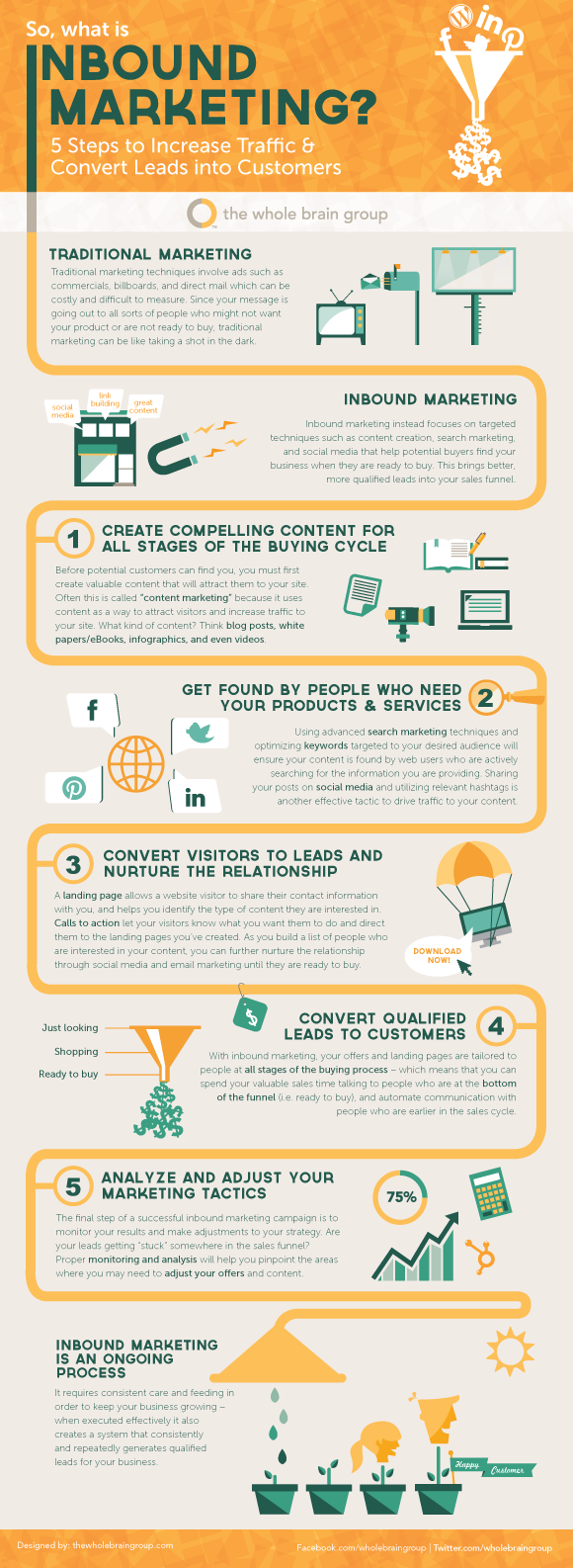
Ready to start talking about building an effective inbound marketing strategy? Get in touch.

